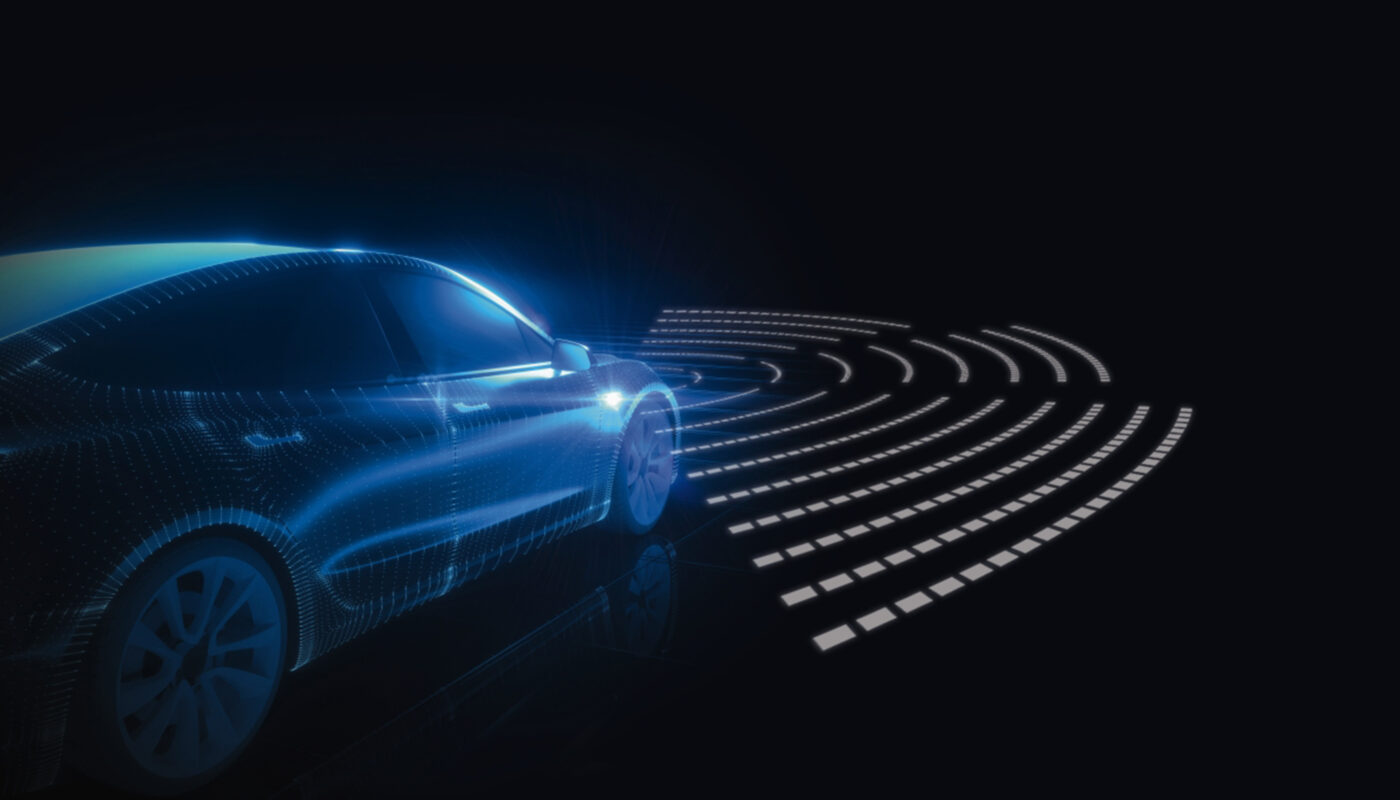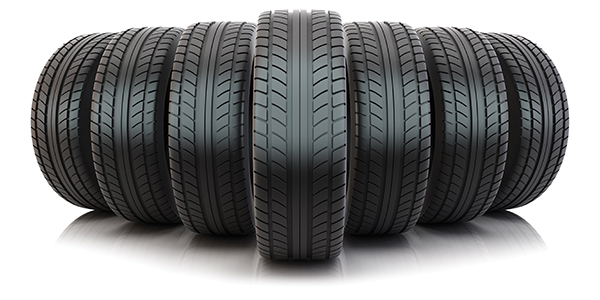Automotive radar is becoming one of the most crucial technologies for developing advanced driver assistance systems (ADAS) and self-driving cars. Radar functions as the “eyes” of vehicles, helping cars “see” beyond direct line of sight and operate safely despite reduced visibility. The future of automotive looks set to greatly depend on radar as the industry moves closer to fully autonomous vehicles.
What is Automotive Radar?
Automotive Radar is a sensor technology that uses radio waves to detect the presence, distance, speed, and direction of moving objects. Radar works by emitting electromagnetic radio waves and analyzing their reflection from nearby vehicles, pedestrians, cyclists and obstacles. It is capable of providing 360-degree monitoring around vehicles by detecting moving objects in all directions.
Radar works independently of visibility or lighting conditions as radio waves can penetrate fog, dust, rain and darkness. This gives it a major advantage over camera and lidar sensors which rely on light. Automotive radar sensors can operate at long and mid ranges from the vehicle, typically from 30 meters up to 250 meters depending on the specific radar system.
Types of Radar Used in Vehicles
There are different radar variants commonly used in vehicles today:
– Long Range Radar (LRR): Used for adaptive cruise control, operates in the 76-77GHz range and can detect objects up to 250 meters away from the vehicle.
– Mid Range Radar (MRR): Used for collision avoidance and blind spot detection, operates in 24GHz range and detects objects from 30-150 meters away.
– Short Range Radar (SRR): Used for parking assistance systems, operates in 24GHz range and detects objects within 30 meters of the vehicle.
– Radar Around View Monitoring (ARVM): A type of short range radar integrated with cameras to provide a bird’s eye view for maneuvering and parking.
– Multibeam Radar: New technology featuring over 100 individual radar beams for high resolution sensor fusion with cameras.
Radar Applications in ADAS
Radar plays a key role in the following active driver assistance systems available in modern vehicles:
Adaptive Cruise Control: Automatically adjusts vehicle speed to maintain a safe distance from vehicles ahead without any action from the driver.
Autonomous Emergency Braking: Applies brakes automatically if an imminent collision is detected with vehicles, pedestrians or obstacles ahead.
Lane Change/Blind Spot Assistance: Warns driver of vehicles hidden from view in adjacent lanes when changing lanes or turning.
Cross Traffic Alert: Detects traffic crossing behind the vehicle when reversing out of parking areas or driveways.
Traffic Jam Assistance: Manages vehicle acceleration, braking and steering partially in slow traffic to ease driver workload.
Intelligent Speed Assistance: Warns drivers if the vehicle exceeds the legal or recommended speed limit for the road.
Parking Assistance: Guides drivers when parking via visual/audio alerts of proximity to obstacles detected by short range radar.
Future Developments with Radar
The automotive industry is rapidly advancing radar technology capabilities towards realizing higher levels of autonomy:
Multi-Sensor Fusion: Combining data from radar, cameras, lidar and other sensors improves object classification, tracking and decision making for self-driving functions.
High Resolution 3D Imaging: New radar architectures featuring MIMO and digital beamforming are enhancing spatial resolution for richer 3D mapping of the vehicle’s surroundings.
Sensor Redundancy: Multiple overlapping radars with varied properties like frequency and beam shape are being used for fail-operational redundancy critical for safety.
Sensor-to-Vehicle Networks: Vehicular connectivity allows data sharing between vehicles expanding the collective sensing range beyond line of sight using vehicle-to-everything (V2X) communications.
Over-the-Air Updates: Radar firmware and algorithms can now be updated remotely via software upgrades enhancing functional safety throughout a vehicle’s lifespan.
While camera and lidar technologies are also rapidly progressing, radar is likely to remain the default long range sensor for vehicles due to its cost, reliability and capability to operate independently of environmental conditions. As radar and other sensing modalities converge towards full sensor fusion frameworks, advanced driver assistance systems of the future will increasingly depend on radar to deliver enhanced vehicle autonomy, connectivity and safety.
Automotive radar has evolved tremendously over recent years from niche ADAS applications to becoming an indispensable technology enabling the transition to higher levels of automated and autonomous driving. Future advancements in resolution, integration, artificial intelligence and over-the-air updates suggest radar will continue powering the next generation of “seeing” and “aware” vehicles. With an ability to peer ahead and detect risks beyond direct line of sight, radar remains central to realizing the goal of accident-free transportation.
*Note:
1. Source: Coherent Market Insights, Public sources, Desk research
2. We have leveraged AI tools to mine information and compile it



